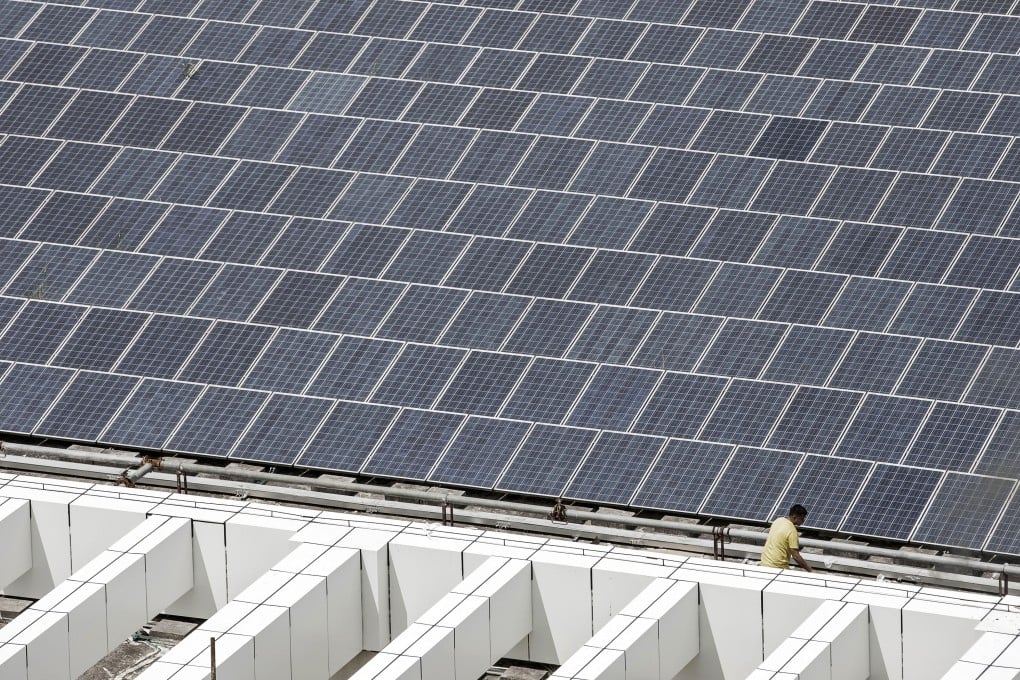Letters | How Shanghai, Shenzhen and Singapore could inspire Hong Kong on climate change
Readers discuss climate adaptation strategies Hong Kong could adopt, and options for elderly taxi drivers

As Chief Executive John Lee Ka-chiu prepares to deliver his policy address, we are presented with an opportunity to re-evaluate and strengthen the Hong Kong Climate Action Plan 2050. This framework requires a thorough review to set more ambitious targets that align with the third round of nationally determined contributions under the Paris Agreement, due in 2025, and China’s forthcoming 15th five-year plan.
This alarming trend demands that Hong Kong either maintain its current policies or, preferably, adopt ambitious and innovative strategies from regional leaders such as Shanghai, Shenzhen and Singapore.
Shanghai’s Climate Change Response Action Plan (2024-2035) is a model of effective climate adaptation, with robust public health measures designed to protect vulnerable communities and mitigate climate-induced health risks. The plan focuses on offering vulnerable populations targeted services and implementing preventive measures against those risks, enhancing overall community resilience.
Singapore’s revision of its Building Control Act, enforcing stringent energy audits and significant reductions in energy consumption, sets a progressive example that Hong Kong could emulate. This legislation not only mandates energy efficiency but also incentivises retrofitting older buildings, a key strategy given our city’s high density and significant building energy consumption rates.